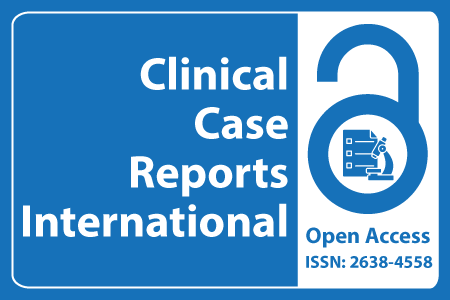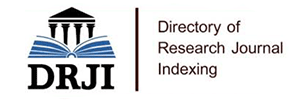
Journal Basic Info
- Impact Factor: 0.285**
- H-Index: 6
- ISSN: 2638-4558
- DOI: 10.25107/2638-4558
Major Scope
- Neurological Surgery
- Nutrition and Dietetics
- Virology
- Cardiac Surgery
- Biochemistry and Biostatistics
- Pulmonary Medicine
- Cardiovascular Medicine
- Leukemia
Abstract
Citation: Clin Case Rep Int. 2023;7(1):1475.DOI: 10.25107/2638-4558.1475
Failed Spinal Anesthesia Owing to Inadvertent Dural Puncture: A Case Report
Harmilan K and Mohit P
Department of Chemistry, Punjab Agricultural University, India
Department of Zoology, Punjab Agricultural University, India
*Correspondance to: Harmilan Kaur
PDF Full Text Case Report | Open Access
Abstract:
We describe a case of insufficient spinal anesthesia potentially owing to Cerebrospinal Fluid (CSF) leaking into the epidural area induced by Accidental Dural Puncture (ADP). A caesarean section was performed on a lady aged 28 who was carrying twins. She had been scheduled for a hybrid SpinalEpidural Procedure (CSEA). After several ADP injections at the T12/L1 level, spinal anesthesia with hyperbaric bupivacaine 9 mg and fentanyl 15 g was delivered via the L3/4 interspace; however, analgesia only reached the T12 level. If bupivacaine leaked into the epidural space along with the CSF through the damaged dura, it would be responsible for the lack of analgesia. Under general anesthesia, the scheduled procedure went off without a hitch. If there is significant CSF leakage during spinal anesthesia in pregnant women following ADP, the anesthesia level may not grow as planned.
Keywords:
Accidental dural puncture; Spinal anesthesia; Combined spinal-epidural anesthesia; Cerebrospinal fluid; Failed spinal anesthesia
Cite the Article:
Harmilan K, Mohit P. Failed Spinal Anesthesia Owing to Inadvertent Dural Puncture: A Case Report. Clin Case Rep Int. 2023; 7: 1475..













